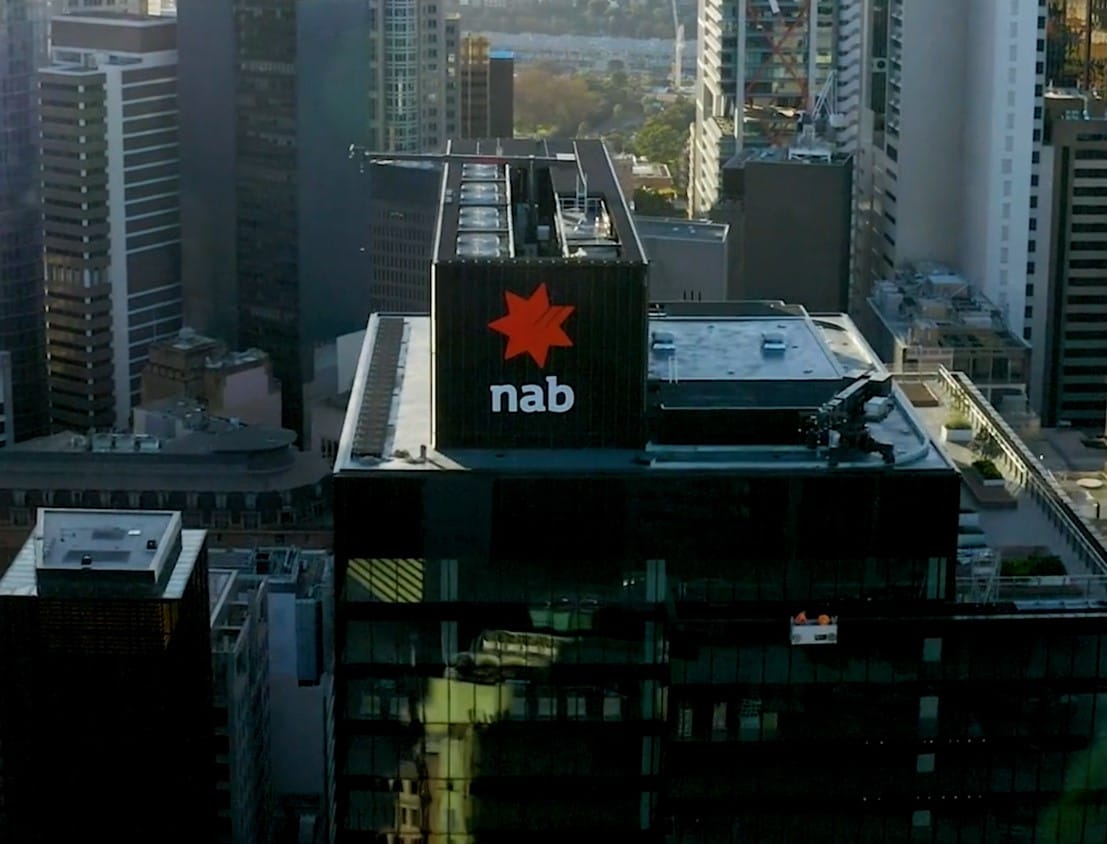The importance of strong, stable banks has been in the spotlight this year. In March the world watched the collapse of three small to mid-tier US banks, ahead of a merger to save European giant Credit Suisse from the brink.
Swift regulatory action has since stabilised the situation, although the distressed sale of First Republic this week has delivered a reminder of recent turbulence.
Handing down his final half-year result for NAB today, Chief Financial Officer Gary Lennon said the events overseas served as a valuable reflection point.
“One of the hardest things to do in banking is get the basics right. It’s an easy thing to say, but hard to do,” he said.
“You can see what happens when the basics are not done well. If you get it wrong, it’s really difficult to regain credibility and trust.”
Australian banks, including NAB, and regulators have been focused on building ‘unquestionably strong’ capital levels for nearly a decade.
Mr Lennon said that strength was again highlighted today as NAB delivered a half-year result that showed a common equity tier-one (CET1) capital ratio of 12.21%, above NAB’s revised operating targets.
NAB’s liquid assets also remain well above regulatory minimums, and the stability of our funding sources has improved with more than 100% of our loan balance funded by customer deposits or term funding.
“A bank’s strength is in its balance sheet and liquidity at times like this,” Mr Lennon said.
“In terms of NAB’s progress, if you look at the balance sheet we had in the lead-up to the Global Financial Crisis against the balance sheet we have now in terms of capital, funding, liquidity, provisioning, we have improved significantly on every measure.
“What is most important is the work the team does when times are good – day in, day out, quietly looking for opportunities to strengthen the balance sheet.
“This discipline ensures we are well prepared for when markets do come under stress.”
Mr Lennon in late March announced his decision to retire after 15 years at NAB, including the past seven as CFO. Today was the 15th result he has handed down as CFO.
“This organisation I joined in 2008, just before the GFC, is unrecognisable to the organisation today – for the better,” he said.
“We are a much more focused organisation now, and on almost every metric a stronger, better bank for our customers and colleagues.
“When I look at the journey we’ve been on, it hasn’t always been smooth sailing. I feel proud that we were able to come through those difficult times and come out of them stronger.”
Mr Lennon hands control of the Finance function to Nathan Goonan on July 1, but will remain at NAB through until October to help with the transition and other projects NAB CEO Ross McEwan has asked him to work on.
More details on NAB’s HY Results can be found here.
Watch NAB CEO Ross McEwan discuss NAB’s strong 2023 Half Year Results, economic conditions and growth opportunities for the bank in this video.





